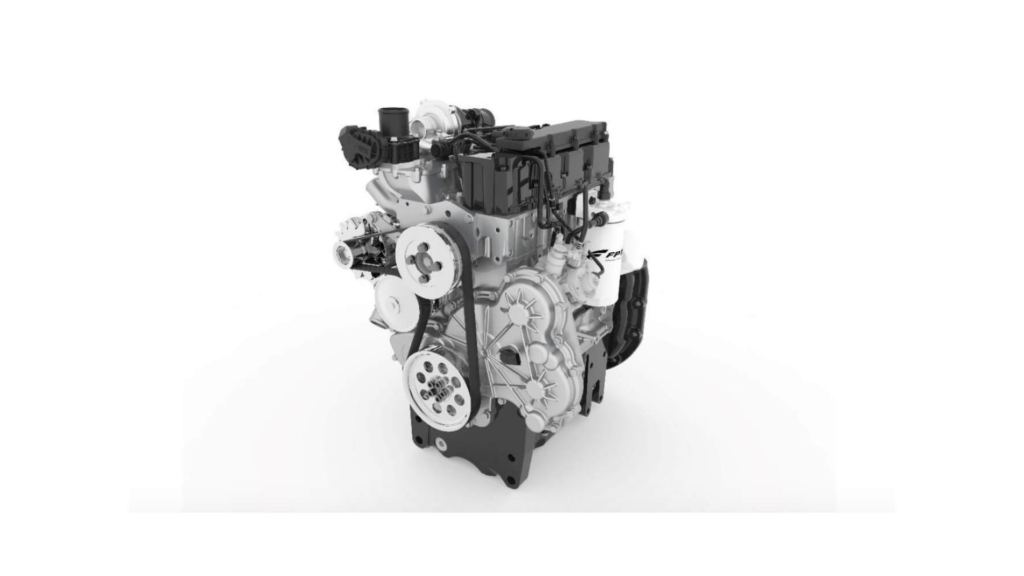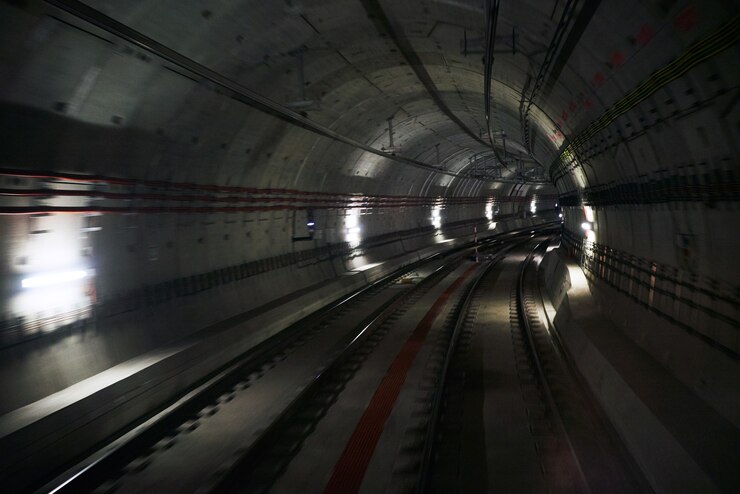FPT Powers CASE Equipment with Advanced F28 CEV Stage V Engine: Setting New Standards in Emission Compliance
FPT Industrial, a global leader in powertrain solutions, has introduced the F28 CEV Stage V engine, a groundbreaking innovation now powering CASE construction equipment. This cutting-edge engine is a step forward in addressing emission compliance while delivering exceptional performance, compactness and versatility. By integrating the F28 engine into CASE machines FPT has set a new benchmark for sustainability and efficiency in the construction industry. Construction equipment expo (19-22 January, India Expo Mart, Greater Noida) got to witness the unveiling of a new F28 engine which is designed to comply with Bharat CEV V standards. FPT has proven itself to be an ideal partner of OEM, which is reliable and sustainable with the environment as well. Specifications of the F28 CEV Stage V Engine The F28 CEV Stage V engine is designed to meet the stringent Bharat Stage (CEV) V emission norms, aligning with global standards. Key specifications include: Compact Design: Ideal for construction and agricultural equipment, offering easy integration into smaller machinery. Power Output: It has 2.1 L of engine which delivers up to 55 kW (74 hp) @ 2300 rpm of power ensuring optimal performance across various operating conditions. Torque Performance: Produces 375 Nm of torque @ 1400 rpm ensuring smooth and efficient operation even under heavy loads. Emission Control Technology: Features a Diesel Oxidation Catalyst (DOC) and Diesel Particulate Filter (DPF) to minimize harmful emissions without the need for Exhaust Gas Recirculation (EGR). Fuel Efficiency: Optimized combustion technology ensures reduced fuel consumption while maintaining high performance. Advantages for CASE Equipment Integrating the F28 engine into CASE construction equipment offers several benefits: Sustainability: The engine’s compliance with Bharat Stage V norms reduces greenhouse gas emissions and supports environmentally friendly construction practices. Versatility: Suitable for compact equipment, including backhoe loaders, compact wheel loaders and mini excavators. Reduced Downtime: The absence of EGR simplifies maintenance resulting in increased uptime for construction equipment. Adaptability: The F28 engine is available in diesel, natural gas and hybrid configurations, offering flexibility for diverse operational needs. Industry Applications The F28 engine is designed to power a wide range of compact construction equipment making it highly versatile. Its application in CASE machinery ensures enhanced productivity in tasks such as: Excavation and earthmoving. Road construction and maintenance. Landscaping and utility work. Official Statements and Industry Reception Announcing the launch, FPT Industrial emphasized the engine’s role in advancing sustainability in construction. “We believe that the small and powerful F28 can further drive agricultural development in the years to come” stated Fablo Rigon, Vice President FPT. Industry experts and stakeholders have lauded the innovation for its compact size and adaptability. The engine’s deployment in CASE equipment is seen as a game-changer offering an ideal balance between performance and compliance. A Future-Ready Solution As emission standards continue to tighten globally the F28 CEV Stage V engine positions FPT Industrial and CASE as pioneers in sustainable construction. This collaboration highlights the industry’s shift toward eco-friendly solutions without compromising on efficiency or reliability. By setting new benchmarks in equipment performance and environmental compliance the F28 engine redefines the standards for compact construction machinery, paving the way for a greener and more efficient future. This innovation not only exemplifies advancements in construction equipment but also reflects the industry’s commitment to environmental stewardship.

